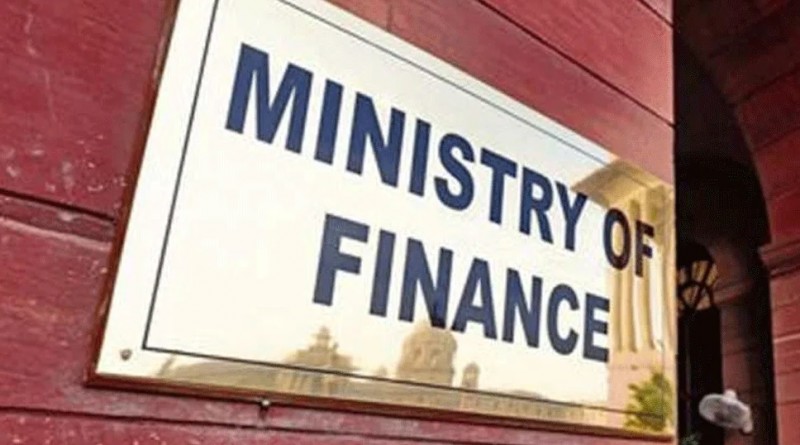
In a recent announcement on September 22, the Finance Ministry displayed unwavering optimism concerning the nation's potential to achieve a 6.5% growth rate in the fiscal year 2024. This bullish outlook is underpinned by marked improvements in corporate profitability, private capital mobilization, and the expansion of bank credit. These factors, the ministry contends, will continue to drive economic growth, even in the face of looming concerns such as escalating crude oil prices and a monsoon deficit.
The August edition of the Monthly Economic Review published by the ministry underscored the robust growth of 7.8% recorded during the initial quarter (April-June) of the fiscal year. This growth was primarily attributed to vigorous domestic demand, sustained consumption levels, and increased investments. Furthermore, this positive trajectory was corroborated by various high-frequency indicators.
However, the report did not ignore potential pitfalls. It raised alarms about the steadily rising global crude oil prices and the impact of the August monsoon deficit on Kharif and Rabi crops, deeming these factors as areas warranting closer scrutiny. Nevertheless, the report noted that September's rains have managed to alleviate some of the rainfall deficit accrued by the end of August.
The Monthly Economic Review also acknowledged the ever-present risk of a stock market correction, especially in the wake of an impending global market correction. Nonetheless, these apprehensions are being offset by the encouraging performance of corporate profitability, private sector capital mobilization, bank credit growth, and the construction sector's sustained activity.
Summarily, the Finance Ministry maintains its unwavering confidence in its projected 6.5% real GDP growth estimate for the fiscal year 2024, despite the presence of balanced risks.
The report attributed the strength in domestic investments to the government's unwavering commitment to capital expenditure. Central government measures have also incentivized state governments to ramp up their capital expenditure, bolstering economic growth. Additionally, external demand has complemented domestic growth, with net exports contributing significantly to GDP growth in Q1FY24, driven by robust performance in services exports.
The High-Frequency Indicators (HFIs) for July/August 2023 reflect the sustained momentum in growth during Q2FY24.
Turning to the banking sector, the report noted an increasing resilience through declining Non-Performing Assets (NPAs), improved Capital to Risk-weighted Asset Ratio (CRAR), and rising Return on Assets (RoA) and Return on Equity (RoE) as of March 2023.
Similarly, data for Non-Banking Finance Companies (NBFCs) indicated improvements in profitability and risk management behavior as of March 2023.
The report also highlighted a consistent and broad-based growth trend in the non-food bank credit of Scheduled Commercial Banks (SCBs) since April 2022, according to July 2023 estimates by the RBI.
Addressing retail inflation, the report revealed a decrease in August, with both core inflation and food inflation easing compared to July figures. Government interventions, including adjustments in duties on critical inputs and monetary policy tightening, played a pivotal role in reducing core inflation to its lowest level in 40 months. However, global food inflation remains high in many major economies.
In India, consumer food price inflation eased to 9.9% in August, thanks to targeted government measures for specific crops, including buffer buildup, procurement from producing centers, and subsidized distribution.